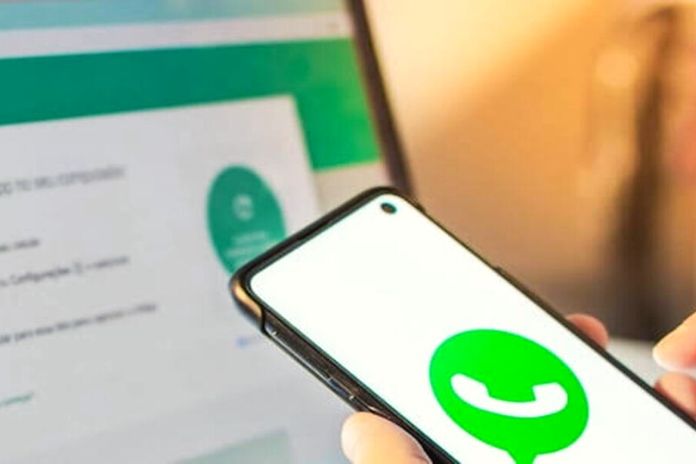Smartphone messengers like WhatsApp, Threema, and Signal offer a range of privacy options. We explain how to make basic settings. Most smartphone users will likely communicate with family and friends through messengers like WhatsApp. The setup works. You can start chatting after a few clicks.
The messengers offer some settings regarding data protection. You may not want everyone to be able to see your profile picture or when you were last online. Then you have to make the appropriate settings in Messenger. Using the popular messengers WhatsApp, Threema, and Signal as an example, we explain basic data protection settings you can make yourself. Let’s start with WhatsApp Messenger.
WhatsApp: Basic Privacy Settings
Using WhatsApp’s iOS app as an example, open Settings. Then click on the Privacy menu. Here you can now make various settings. If you do not want anyone to be able to see when you were last online, you must select Nobody. But you can also set that only specific contacts can see your online status. To do this, you need to uncheck My contacts except… You can then click on the contacts who should not know when you were last online. You can determine the current online status based on your setting under Last online.
Who should be allowed to look at your profile picture? You can specify this by clicking on the corresponding menu. In WhatsApp Messenger, you can specify whether Everyone, My Contacts, My Contacts except … or Nobody is allowed to view the picture you have set. This is useful if you are a member of a large group and only some members are among your contacts. Then you can specify, for example, that other WhatsApp users only see a placeholder instead of the actual profile picture. You can also make the same settings for the personal information you provide.
Status messages are a popular WhatsApp feature. In the corresponding menu, you can specify who can see your status messages. You can either share these with all contacts, exclude specific references, or only share them with selected contacts in your list. Another crucial privacy setting can be found under Groups. You can specify who can add you to a group in this menu. This can be All or My Contacts. You can also prohibit certain people in your contact list ( My contacts except … ) from adding you to a group.
WhatsApp: Self-Deleting Messages
You can specify in WhatsApp how long a message remains visible in a particular chat. You will find the item self-deleting messages in the data protection menu in the Messenger settings. In this menu, you can generally set the message duration for new chats. This can be 24 hours, seven days, or 90 days. Another option is to enable self-deleting messages for a specific contact. To do this, click on a connection and activate the desired message duration.
A timer icon will then appear on the contact’s profile picture in your chat list to indicate that self-deleting messaging has been enabled for that contact. In principle, you should be aware that messages you have sent can be saved in other ways despite the self-delete function, for example, by the recipient forwarding the message to another contact or simply taking a screenshot of your message. If you enable self-deleting messages in a chat, your contact will be notified that you have enabled or disabled this setting.
Further Settings In Data Protection
If you have blocked contacts, they will be listed in WhatsApp Messenger’s data protection menu. You will still be given the option to lock the WhatsApp app. This works with FaceID on supported iPhone models. This option may also be offered if you use a smartphone with a fingerprint sensor.
Turn off read receipts if you don’t want your contacts to see when you’ve read a message. You can do this by ticking the appropriate place in the data protection menu. However, this also means that you can no longer see other people’s read receipts. In contrast, read receipts are always sent in group chats. If you don’t want a preview of the message to be displayed in push notifications, you must switch off Show preview in the Notifications menu.
Also Read: 10 Methods To Reset A MacBook Pro Without Losing Applications

